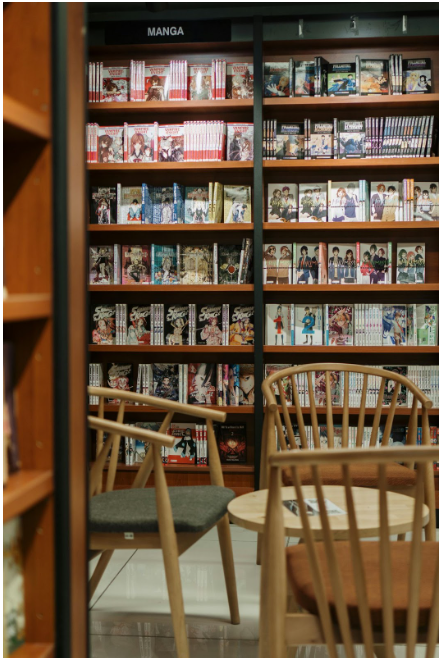Not every hobby needs weeks of practice or expensive tools. A growing number of people are turning to “micro-hobbies” — quick, low-commitment activities you can pick up and enjoy in under an hour. They’re part of a larger shift in how we use free time. Attention spans are shorter, schedules are packed, and the idea of mastering something small feels satisfying. Some treat them like quick mental breaks, the same way someone might explore an all slot game when they want a short, contained burst of entertainment.
Why Micro-Hobbies Are Taking Off
The rise of micro-hobbies isn’t surprising. Many people want the joy of learning without the long-term responsibility of sticking with something for months.
It’s also about flexibility. In an hour, you can try something new, feel a sense of accomplishment, and move on. There’s no guilt if you never do it again. You get the experience without the weight of commitment.
The Psychology Behind It
Micro-hobbies fit well into the way our brains like to learn. Humans respond well to small, achievable goals. Completing a short activity can trigger the same satisfaction as bigger accomplishments, just in a compressed format.
It also lowers the barrier to entry. You don’t have to think about whether you have “enough time” to start. You just start, and before you know it, you’ve learned something new.
Examples of Micro-Hobbies
Some micro-hobbies take just 10–20 minutes, others closer to an hour. A few popular examples include:
-
Folding simple origami patterns
-
Learning a basic card trick
-
Sketching a single object
-
Trying a new recipe with minimal ingredients
-
Writing a short poem
-
Practicing a foreign phrase or two
-
Creating a quick photo collage on your phone
The point isn’t mastery. It’s variety and the little spark of novelty that comes with it.
A Break from Routine
Many people use micro-hobbies as a mental reset during workdays. Spending half an hour doing something creative or hands-on can clear mental fog and improve focus afterward.
They also work as a way to break up long stretches of screen time. Picking up a quick, physical task gives your eyes and brain a different kind of stimulation.
No Pressure to Monetize
One big advantage of micro-hobbies is that they escape the “side hustle” trap. No one expects you to turn a 30-minute doodling session into a business.
That freedom from expectation makes them stress-free. There’s no measuring progress against others. It’s personal, and that makes it easier to enjoy.
Social or Solo
Micro-hobbies can be solitary or shared. Some people try them alone to unwind. Others turn them into quick group activities — a short baking session with a friend, a 15-minute board game at lunch, or a group photo challenge.
Even online, micro-hobbies find a home. People share their mini-projects, challenge each other to try something new, and trade ideas for quick skills to learn.
Why This Trend Will Stick
As schedules get tighter and attention more fragmented, micro-hobbies offer a low-stress way to keep life interesting. They’re easy to start, easy to stop, and easy to swap out when your mood changes.
For many, that’s the perfect formula for keeping curiosity alive without feeling weighed down by another long-term commitment.
Micro-hobbies aren’t meant to replace deep, lifelong passions. They’re a complement — a way to explore the small joys of learning without the heavy investment of time and energy. In a busy, always-connected world, having a handful of quick skills in your back pocket might be exactly what keeps you feeling engaged and balanced.


